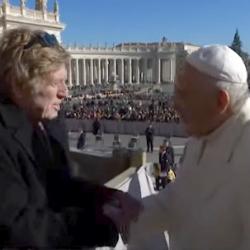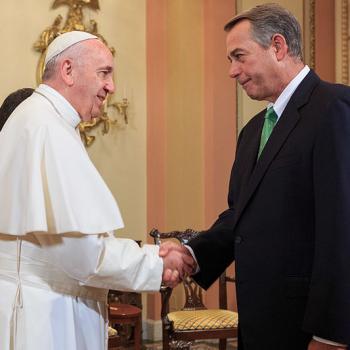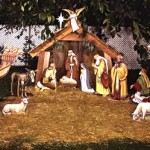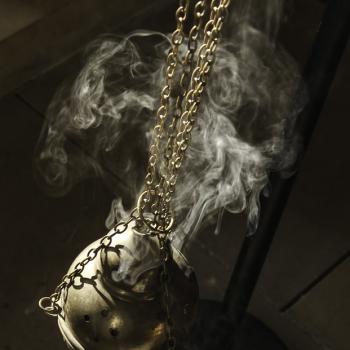As we prepare for history to be made, some insight from the Catholic Register in Canada:
In all the talk of politics and front-runners and leaks to the Italian newspapers, it is easy to lose sight of the fact that a papal conclave is a liturgy — just like a baptism or a wedding in any Catholic Church.
“A conclave is an act of God. If it’s an act of God you worship God,” explained Catholic University of America liturgy professor Fr. Kevin Irwin at a technical briefing for reporters in the North American College near the Vatican.
The liturgy of the conclave places everything that happens when the cardinals are voting inside the Sistine Chapel in a prayer context, said Irwin.
“This is a prayer from the beginning to end. It’s not about how to count your hanging chads,” Irwin said.
The fact that elections for leadership in the Church are a process of prayer can be traced all the way back to the Acts of The Apostles. When the Apostles gathered in Jerusalem to elect a replacement for Judas after his suicide they prayed together before choosing Matthias (Acts 1:18-26). But the actual rituals that will begin Tuesday March 12 with Mass in St. Peter’s Basilica aren’t quite so ancient.
The present form of the conclave liturgy can be traced back to 1978. The book of the conclave ministry along with the rite of papal funerals were published in 1998 with the approval of Pope John Paul II. A further ritual book covering the inauguration of the petrine ministry was approved by Pope Benedict XVI and published in 2005.
Though there’s a certain truth to the popular notion that the rites and liturgies of the Vatican are ancient artifacts dug up from the early Church, people shouldn’t be too surprised to learn that conclave liturgies have evolved and continue to change with history, said Irwin. As recently as 1799-1800 a papal conclave was held in Venice to choose Pope Pius VII.
“There are still changes being made (to the conclave liturgy),” Irwin told The Catholic Register. “This was not given in a Glad bag after the Last Supper. It gets adapted.”
The principal author of the current version of the conclave liturgy, Archbishop Piero Marini, asked journalists for a mature understanding of the idea that the Holy Spirit guides a papal conclave. It isn’t a magical process.
“The human and divine come together,” said Marini, who is president of the Pontifical Committee for International Eucharistic Congresses and for 20 years was Master of Pontifical Celebrations for Pope John Paul II and Benedict XVI.
While most of the conclave liturgy happens behind the closed doors of the Sistine Chapel, that doesn’t make it an exclusive, secret rite, said Marini. “It’s an invitation to the entire Church,” he said through a translator.
As the cardinals pray and vote, Catholics around the world pray with them. The conclave liturgy on Tuesday will start in a way quite familiar to Catholics — with a Mass.
“There’s nothing really extraordinary about that Mass,” said Irwin. “It’s like a Sunday Mass.”












